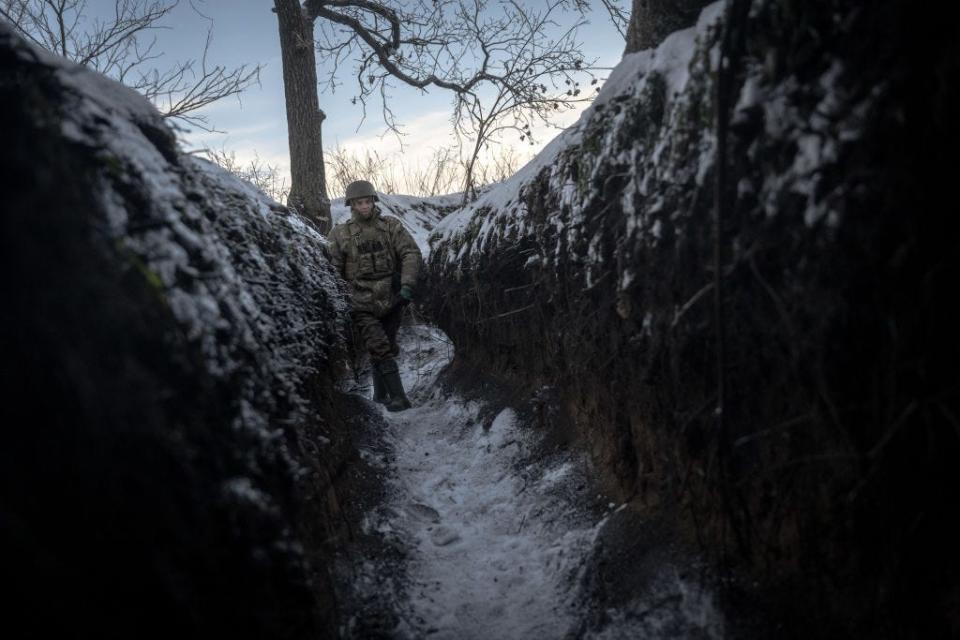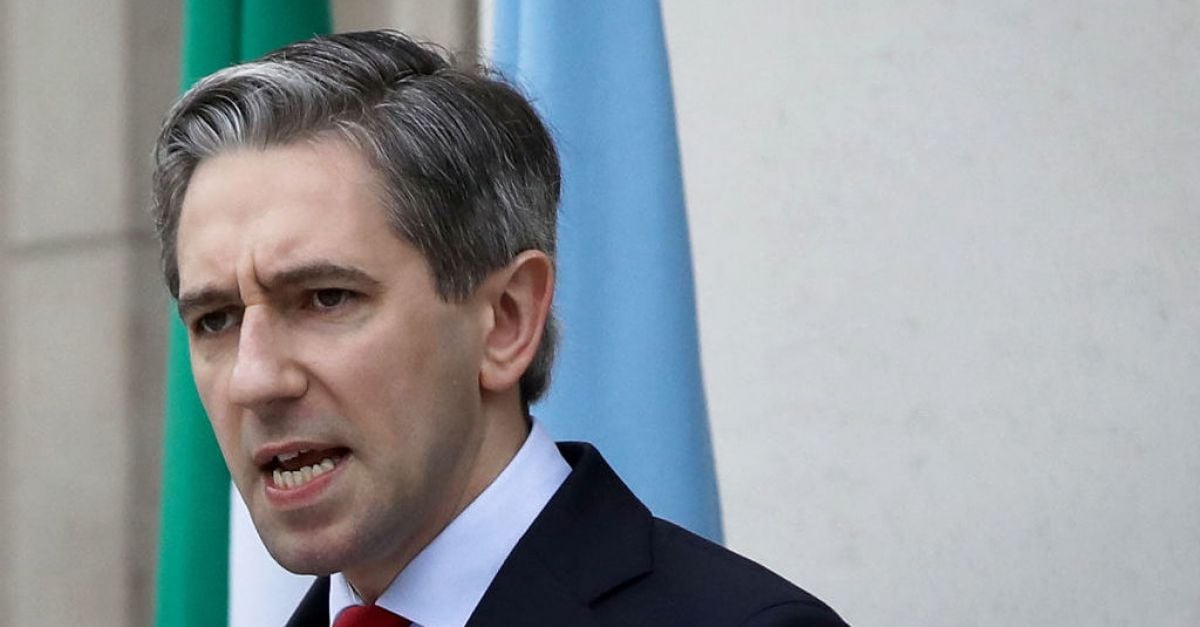-
Russian soldiers often move at night to try and avoid being seen, and they have more time to do this in winter.
-
They are more exposed when moving, and Western intel has said they fight poorly at night.
-
But a drone operator and expert told BI Ukraine often doesn’t have the right gear to hit them when they’re vulnerable.
Long winter nights in Ukraine are giving Russian soldiers more time to move around under the cover of darkness, but that can also mean greater exposure and vulnerability in the open.
A challenge for Ukraine is that drone pilots often don’t have the right gear to hit them though, a Ukrainian drone operator and a drone expert told Business Insider.
Russia’s troops do much of their moving, and some of their attacking, at night. During the day, troops on both sides tend to hide in defenses like trenches, they said.
But because operating drones in the dark requires more expensive equipment, Ukraine’s options for striking during that time are limited. The super cheap exploding first-person-view drones simply don’t cut it.
Cmdr. Vitaliy Kryukov, a loitering-munition commander for Ukraine’s elite Adam Tactical Group, said Russian troops often use the cover of night to move positions.
He said that when he fought in the city of Bakhmut, Russians moved “only at nighttime, because during the day they could be seen, could be targeted by artillery.”
Russian forces are still vulnerable at night because they are not particularly well trained to fight in the darkness, UK intelligence said last month. They’re also most exposed when on the move.
Drone pilots aren’t equipped to hit them
There are a number of ways to hit the enemy at night, but cheap drones often aren’t among the best options. Seeing at night requires Ukraine to use more expensive drone types or to put expensive upgrades on the cheaper, civilian drone types that many of its soldiers rely on.
Ukraine in some cases may not have that equipment or may not wish to use it on the single-use attack drones that it often uses to attack Russia, because Ukraine often doesn’t want to add more expensive equipment for a drone that is destined to be destroyed.
“Operating in the dusk or dawn or at night requires more expensive equipment to be on board, and obviously for kamikazes everyone is trying to make it as cheap as possible as it’s single-flight equipment,” Kryukov said.
James Patton Rogers, a drone warfare expert and executive director of the Cornell Brooks Tech Policy Institute, pointed out that becomes a challenge in the winter, when the nights are longer.
“If you have a shortfall in the amount of thermal imaging cameras and night vision cameras that you want to use for nighttime target acquisition,” he said, “well then you can’t operate during vast waves of the 24 hour period because it is increased periods of darkness during the winter.”
“It’s going to have a detrimental effect on Ukraine’s ability to strike the targets it wants to strike.”
The issue also affects Russia, which also uses cheaper drones in the fighting in Ukraine. But, he said, Russia has a slight advantage over Ukraine as it relies sightly less on the lower-end ones.
Drones are leading to more night fighting
Despite some of the operational challenges with them, drones are being used more in Russia’s invasion of Ukraine than they have in any other conflict in history, and the number of drones in the sky only appears to be growing.
Samuel Bendett, a drone warfare expert at the Center for Naval Analyses, told BI that more fighting is taking place at night as more and more drones enter the fight.
He said now both sides can send multiple drones after a single target or a single soldier, so no one wants to be caught in the open in the daylight.

“All of that is going to make, and is making, logistics extremely difficult, movement extremely difficult, resupply extremely difficult medical evacuation extremely difficult and dangerous for those willing to conduct it. And that has shifted tactics to operations at night.”
A Ukrainian drone operator recently told The Guardian there are so many drones over parts of Ukraine right now that soldiers on both sides don’t know how to move forward.
He said making any breakthroughs is “almost impossible in an era of cheap and lethally accurate drones.”
Ukraine is reducing its dependency on cheaper, off-the-shelf drones, including through rapidly increasing its own production of drones. This includes ones said to be jamming-resistant and also AI-powered drones that carry bombs.
Rogers said he is confident in Ukraine’s ability to make effective drones, saying “there appears to be a different drone manufacturing hub in almost every town or city across Ukraine.”
And Ukraine is still scoring big hits against the Russians with its drones despite the conditions, including hitting Russia’s oil-and-gas industry.
Read the original article on Business Insider
Signup bonus from





